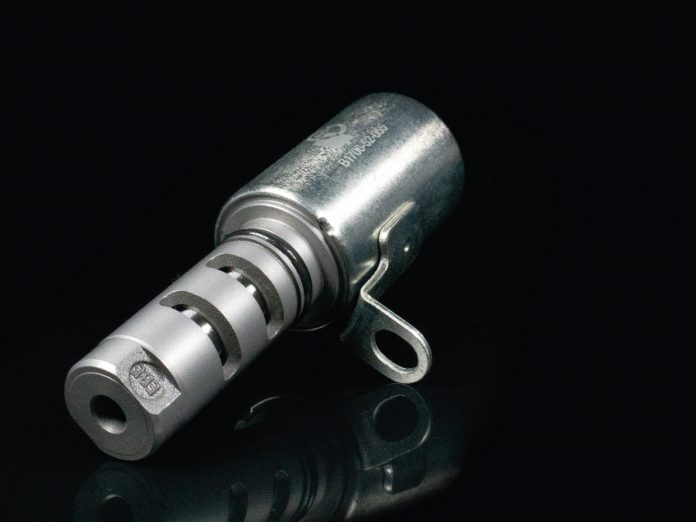din6921 flange nuts
Dec . 10, 2024 07:36 Back to list
din6921 flange nuts
Understanding DIN 6921 Flange Nuts Features and Applications
In the world of fasteners, nuts play a crucial role in ensuring the integrity and security of various structures and assemblies. Among the myriad of nut designs available, the DIN 6921 flange nut stands out due to its unique features and versatile applications. This article delves into the specifics of DIN 6921 flange nuts, exploring their design, benefits, and uses in various industries.
What is a DIN 6921 Flange Nut?
The DIN 6921 flange nut, also known as a hexagonal nut with a flanged base, is governed by the German standard DIN (Deutsches Institut für Normung). This type of nut is characterized by a wide flange at one end, which serves as an integrated washer. The flange increases the surface area that comes in contact with the mounting surface, allowing for better load distribution and reducing the risk of damage to the surrounding material. The nut itself typically has a hexagonal shape, which allows for easy installation using standard tools.
Design Features
1. Flanged Base The main feature of the DIN 6921 flange nut is its flanged underside. This design attribute helps to spread the load over a larger surface area, providing more stability and reducing the chances of loosening due to vibration.
2. Material Options DIN 6921 nuts are manufactured from various materials, including steel, stainless steel, and other alloys. The choice of material often depends on the application in which the nut will be used, with stainless steel offering excellent corrosion resistance for outdoor or marine environments.
3. Thread Type These nuts typically have a metric thread, in accordance with international standards, making them suitable for a wide range of applications.
4. Surface Treatments Many DIN 6921 flange nuts come with various surface treatments such as galvanization, powder coating, or passivation to enhance their corrosion resistance and improve durability.
din6921 flange nuts

Benefits of Using DIN 6921 Flange Nuts
1. Improved Load Distribution The flange design allows for greater load distribution, minimizing the risk of damage to the bolted material.
2. Resistance to Loosening The increased contact area helps resist loosening caused by vibrations or dynamic loads, making these nuts ideal for applications where reliability is crucial.
3. Versatility DIN 6921 flange nuts can be used in various applications across industries, including automotive, construction, machinery, and furniture assembly.
4. Ease of Installation The hexagonal shape allows for straightforward tightening and loosening using standard wrenches, making them convenient for installation and maintenance.
Applications
DIN 6921 flange nuts are widely used in numerous fields. In the automotive industry, they are often utilized in chassis assemblies and engine components where sturdiness is vital. In construction, they are a popular choice for securing fixtures and components to structural elements, such as steel beams or concrete slabs. Additionally, their robust design makes them suitable for heavy machinery, electronic enclosures, and even furniture.
Conclusion
In summary, DIN 6921 flange nuts are an indispensable component in many fastening applications. Their unique design, which features a flanged base for enhanced load distribution, coupled with the availability of various materials and finishes, makes them suitable for diverse environments. As industries continue to evolve, the demand for reliable and durable fasteners like DIN 6921 flange nuts will remain a constant necessity, ensuring secure and long-lasting assemblies. Understanding the features and benefits of these flange nuts can help engineers and designers make informed decisions in their fastening needs.
Latest news
-
High-Quality Panel Stud Bolt Reliable Panel Stud Bolt Factory & Suppliers
NewsJul.08,2025
-
High-Precision Fine Thread Locknuts Manufacturer & Supplier Custom Solutions
NewsJul.08,2025
-
PH Imperial Stud Bolt – High Strength Fasteners from Leading Supplier & Factory
NewsJul.07,2025
-
High-Quality Allen Wrench Bolts Leading Factory, Company & Suppliers
NewsJul.07,2025
-
Wholesale Ball Stud Bolt - High Quality Supplier & Factory Price Reliable Wholesale Ball Stud Bolt Company
NewsJul.06,2025
-
High-Strength Alloy Bolts Manufacturer & Supplier Quality Alloy Fasteners Factory
NewsJul.06,2025
